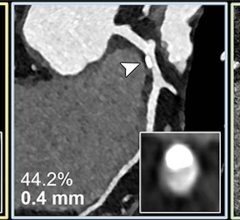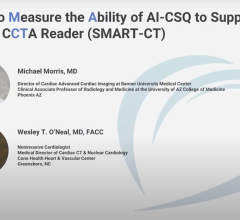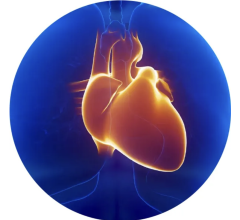October 28, 2010 – A report by the American College of Cardiology (ACC) provides new criteria for selecting patients who could benefit from cardiac computed tomography (CCT).
The report, which was developed in partnership with the Society of Cardiovascular Computed Tomography (SCCT) also informs payers about appropriate clinical scenarios for its use.
CCT, which uses X-rays to diagnose artery blockages, requires appropriate patient selection to avoid unnecessary healthcare costs, lack of benefit and even harm.
“As the field of cardiac CT continues to advance along with other biomedical imaging tests, the healthcare community needs to understand how to best incorporate this technology into daily clinical care,” said Allen J. Taylor, M.D., chair of the writing committee and professor of medicine, Georgetown University, Washington, D.C. “This update adds to our understanding of selecting the best candidates for cardiac CT imaging so that doctors can help perform the right test in the right patient at the right time.”
The original appropriate use criteria for CCT were issued in 2006. Since then, technological advances have made it safer and easier to use, according to Taylor.
“This document reflects this progress in knowledge and our desire to make the criteria more comprehensive to more closely match a patient situation to the test and help in clinical decision making,” he added, emphasizing that selecting the proper patients for testing is an essential first step in the provision of quality cardiac care.
For the update, a panel assessed the appropriateness of CCT imaging for 93 different clinical scenarios, scoring each to determine if it was appropriate, inappropriate or uncertain for a given situation.
“If we know a patient has existing heart problems or is at high risk for heart disease, doing the test isn’t generally going to add any valuable clinical information,” Taylor said. “Ordering a test when a patient doesn’t need it—or won’t benefit—is not quality cardiac care.”
For more information: www.cardiosource.org


 April 22, 2024
April 22, 2024 








